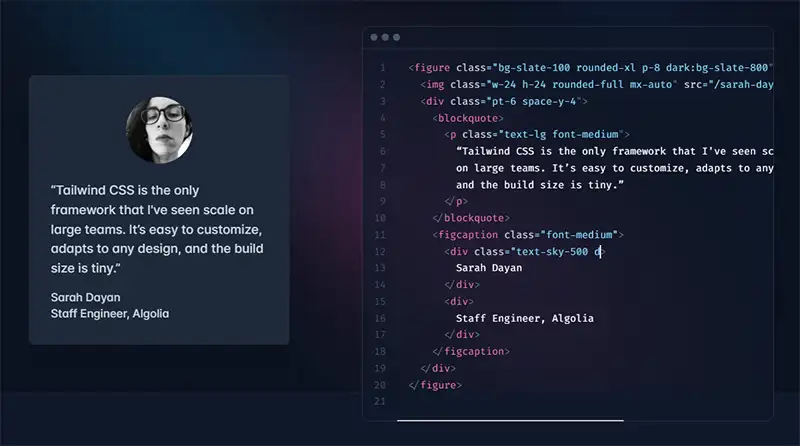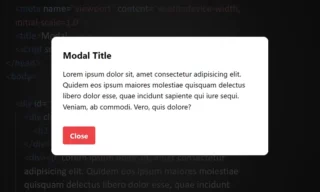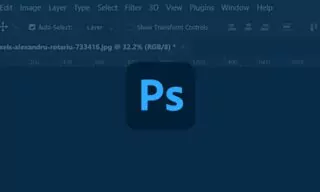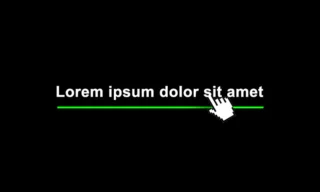Tailwind CSS For Beginners! Ultimate Tool for Modern Developers
Tailwind CSS has emerged as a powerful tool for developers and designers looking to streamline their workflow and enhance the efficiency of their web design processes.
Unlike traditional CSS methodologies that often require extensive stylesheets and meticulous class management, Tailwind CSS offers a utility-first approach that can significantly simplify the design and development process.
This blog post aims to delve into the fundamental aspects of Tailwind CSS, compare it with traditional CSS approaches, and showcase how it can be leveraged to create more efficient and visually appealing web designs.
Introduction To Tailwind CSS Vs. Traditional CSS
In the realm of web design, the traditional approach has typically involved creating a separate stylesheet (style.css) where various styles are defined and then applied to the HTML elements across web pages.
This process, while standard, can become cumbersome and time-consuming, especially in large-scale projects with numerous elements requiring unique styling.

Tailwind CSS introduces a paradigm shift by allowing developers to design directly within the HTML markup using utility classes. This method eliminates the need for separate style files and reduces the effort needed to manage and apply CSS rules across different elements.
With Tailwind CSS, styling elements such as adding color, borders, and shadows to a button can be achieved with just a few utility classes, making the process much faster and more intuitive.
Advantages Of Designing With Tailwind CSS
The primary advantage of Tailwind CSS lies in its utility-first approach, which simplifies the design process. Developers can apply styling directly within the HTML, which not only speeds up the development cycle but also makes it easier to visualize the final design in real-time.
This direct manipulation of style reduces the back-and-forth between separate CSS files and the HTML document, streamlining the entire development process.
Another significant benefit is the consistency and reusability that Tailwind CSS offers. By using predefined utility classes, developers can ensure a consistent design language across the entire project, reducing the chances of discrepancies and improving the overall cohesiveness of the design.
Additionally, these utility classes can be reused throughout the project, further enhancing efficiency and maintainability.
Overview Of Tailwind CSS Framework
Tailwind CSS is designed to be easy to use, even for those new to the framework or to CSS itself. By including the Tailwind CSS file via CDN, developers can immediately start using the vast array of utility classes provided by the framework.
These classes cover a wide range of CSS properties, including but not limited to, background color, text color, padding, margin, shadows, and borders.

For instance, changing the background color of an element to black can be as simple as adding the class bg-black to the element.
This simplicity extends to nearly all aspects of CSS styling, allowing for rapid development of complex designs without writing extensive custom CSS code.
Creating A Search Box With Tailwind CSS
A practical application of Tailwind CSS can be seen in the creation of a search box. Traditionally, this would involve defining various styles for the input field, button, and other elements associated with the search box.
With Tailwind CSS, however, this process is simplified through the use of utility classes that can be directly applied to the HTML elements.
For example, to create a search box with Tailwind CSS, one could use classes for padding, background color, text color, border radius, and shadows directly on the input field and button elements.
This method not only makes the code more readable but also allows for rapid experimentation and iteration on the design.
Conclusion
In conclusion, Tailwind CSS offers a modern, efficient, and highly customizable approach to web design that can significantly speed up the development process while ensuring consistency and maintainability.
Its utility-first approach allows developers to focus more on the design and less on the intricacies of CSS syntax, making it an excellent tool for both experienced developers and those new to web design.
By leveraging Tailwind CSS, developers can create visually appealing and responsive designs with minimal effort and time, making it a valuable addition to any web development toolkit.











